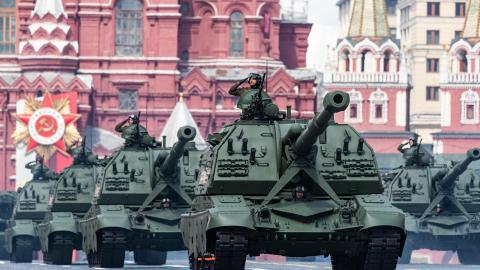The war against Ukraine initiated by Russian aggression 13 months ago has been accompanied by multiple threats from the Russian leadership, including President Putin, to initiate the use of nuclear weapons against the United States, NATO or Ukraine itself, threats that are linked to NATO support to Ukraine of military hardware.
The threats from Russia are taken as serious given Moscow’s adoption of a strategy often referred to as “escalate to win” where Russia decides to use limited nuclear weapons, probably of the theater or tactical type, in the Ukraine region to counter a losing conventional fight and achieve some kind of “victory” usually not clearly delineated. Thus, NATO has decided to split the difference: arm Ukraine with weapons but not involve NATO forces.
Russia, China & Ukraine
But there is a larger strategy at play and it involves both Russia and China.
First, irrespective of the outcome of the war against Ukraine, Moscow’s current gambit is to eventually secure the US withdrawal of theater nuclear weapons from a number of NATO nations where American fighter planes are armed with what are a couple of hundred nuclear gravity bombs.
Second, Putin’s ruse is to claim the moral high-ground by declaring that all Russian theater nuclear weapons are on Russian soil, unlike similar US nuclear weapons, not withstanding the fact that at a minimum Russian theater nuclear forces outnumber those of the United States by at least 10 to 1 or as much as 25 to 1.
Third, having a monopoly of theater nuclear forces in the European theater is Moscow’s objective, which would seriously tear apart of the fabric of the US extended deterrent or nuclear umbrella over our non-nuclear NATO allies. For its part, the US has never adopted a no-first use pledge but which some in Europe might believe was US policy by default if the US withdrew our theater nuclear forces from Europe. Even though it has also been long-standing US extended deterrent policy that our central strategic nuclear forces are a critical part of extended deterrence not only in the European theater but also in the Middle East and Western Pacific.














